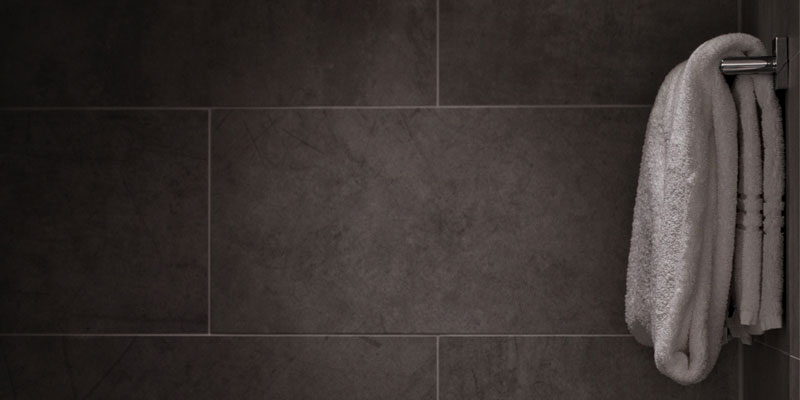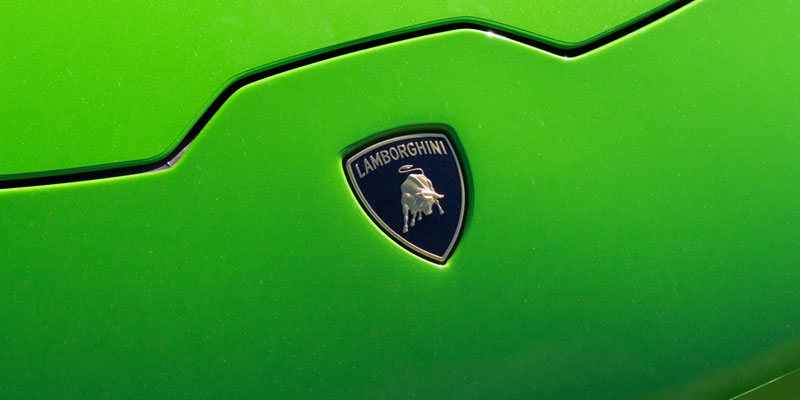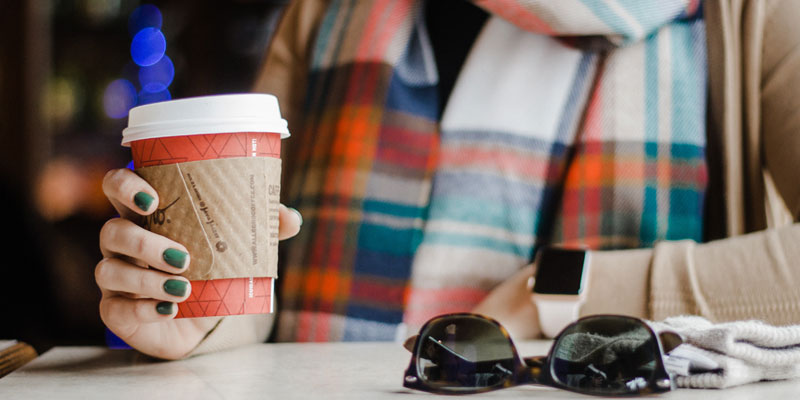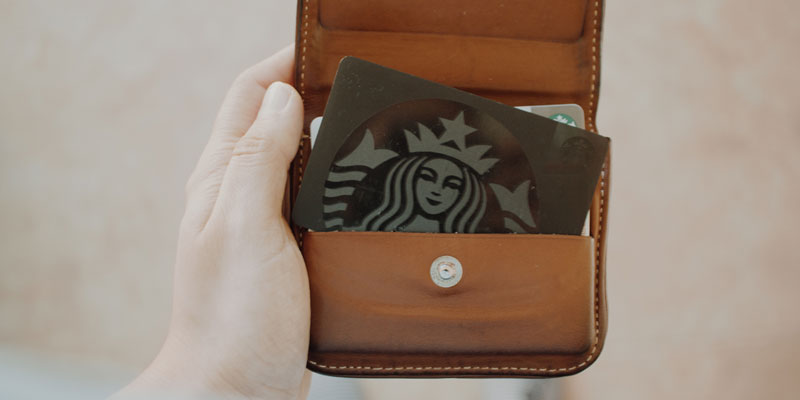Grow your business with the Discover newsletter
Logistics advice & insights straight to your inbox
Subscribe now
Ok, we made that stat up. But if it were true, it could encourage you to read the whole article. Why? It’s simple social proof: other people found it useful, so there’s a good chance you will too.
Techniques like this are known as ‘nudges’, using behavioral economics to help encourage certain actions1.
While behavioral economics is an academic discipline, it’s not a science: human emotions cannot be described by an equation. People can’t explain why they do things, making observed actions so much more meaningful than reported intentions.
This means testing is essential if a nudge is to be a success. Work up a theory and A/B test it. Try variations. Experiment. But always remember that success is unlikely on your first attempt.


To get started, here are five nudges to try in your business:

We all have a tendency to follow the herd. One successful example is a hotel that wanted to encourage guests to reuse their towels. A sign saying ‘Please consider the environment by reusing your towels’ generated only modest results. But adding ‘75% of guests reuse their towels’ to the message boosted towel reuse by 26%. Does your marketing or website provide social proof? Mark your most popular service option as such and watch the conversions rise. Online fashion retailers use this trick to boost sales – '131 people are looking at this item'. It reassures us that we’re making a popular choice.

Context is everything. Especially when it comes to price. A US$300k supercar at a motor show looks very expensive. But at a superyacht show, the average price of a boat is many millions of dollars – making that same supercar look decidedly good value. Same audience, totally different price comparison. New York’s taxi cabs use framing to raise the average value of tips: the in-car payment screen offers default tip options of 15%, 20%, and 25%, even though the average tip amount is 10-18%. This simple anchoring technique has boosted tips by as much as 22%.

Our System 1 thinking makes us approach the same problem differently depending on how it’s presented to us. For example, studies indicate that we’ll guess the answer to 9x8x7x6x5x4x3x2x1 as significantly higher than the same calculation in reverse (1x2x3x4x5x6x7x8x9). All because the higher numbers come first and influence our system 1 thinking. The answer, just so you know, is of course the same: 362,880. So what does this mean in real life? Winchester University in the UK has reduced its use of unrecyclable paper coffee cups by changing the framing of its coffee shop’s pricing structure. Instead of offering a 25p discount for using your own reusable cup, they reduced all hot drink prices by 25p and added a penalty fee of 25p if you need to use a paper cup. And it’s working: paper cup use has dropped by 17%.

More choice is better, right? One famous psychological experiment tested this theory using a jam taste-testing counter in a supermarket. The experiment used two different scenarios: one offering 24 varieties of jam, and one offering just 6 varieties. While the wider selection prompted more people to stop and take an interest, it was the limited selection that produced the highest conversion rate – 30% versus just 3%. A remarkable difference. It shows that in some situations, too much choice really can be a bad thing. Offering a wide range of similar products and options can, far from boosting sales, actually reduce sales compared to offering just a few options. Does this mean you should follow Steve Jobs' example and cull 70% of your product line? Well, that’s up to you, but it helps to promote only a few products, even if your full range is huge.

Gamification adds a sense of achievement and goal setting to nudge your customers towards a particular action, and studies indicate it really does work. A great example is the loyalty card – in particular, Starbucks’ loyalty card app. It takes the basic (but still successful) coffee shop loyalty card concept to the next level by adding a range of gamification ideas: a points system, achievements, clear goals, feedback and a highly visible progress bar. It also provides a convenient and easy-to-use contactless payment system (fun fact: it’s the most-used mobile payment system in the US, beating even Apple Pay). Amsterdam’s Schiphol Airport uses a basic gamification idea in its male toilets. To reduce ‘spillage’ at the urinals, and therefore reduce cleaning costs, the airport made a simple change: adding the image of a house fly to each urinal, encouraging men to instinctively improve their aim.